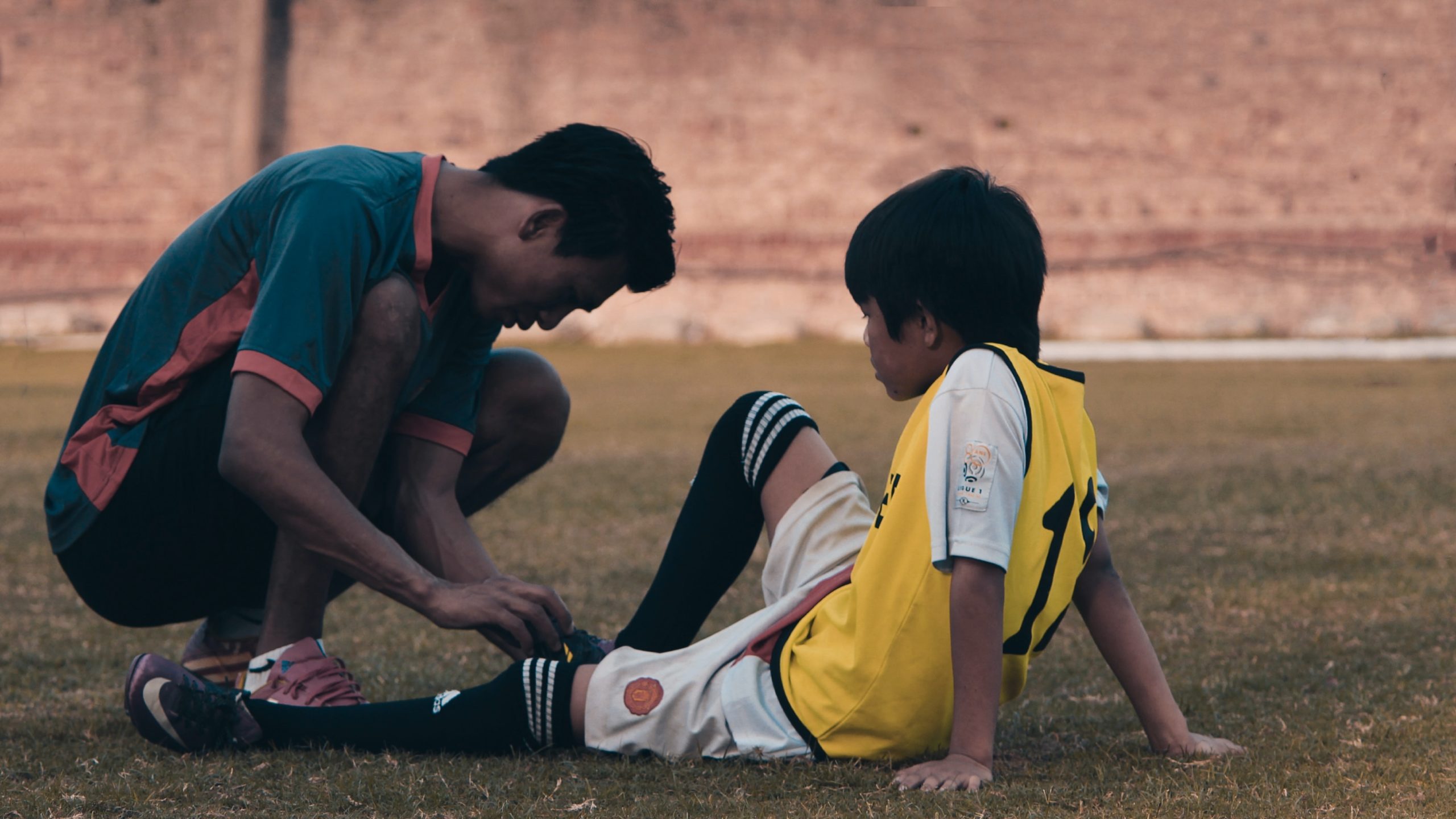Participating in sports and physical activities is an excellent way to maintain a healthy lifestyle, develop discipline, and build teamwork skills. Unfortunately, sports also carry the potential risk of injury which can range from minor sprains to severe head traumas. When someone suffers an injury while participating in a sporting event or activity, it’s essential to understand personal injury claims and how they apply to sports injuries.
In this article, we will examine the fundamentals of personal injury claims, including negligence, assumption of risk, and when statutes of limitations apply to sports injuries.
Personal Injury Claims 101
A personal injury claim is a legal action taken by someone who has been injured due to someone else’s negligence. Such claims aim to recover damages such as medical costs, lost wages, and pain and suffering.
Sports injuries can give rise to personal injury claims against coaches, trainers, referees, or other participants. To prove negligence on the part of the defendant and cause the harm suffered by the claimant, they must show that their conduct was negligent.
Negligence
Negligence occurs when an individual or entity fails to exercise reasonable care, leading to harm to another. In the context of sports injuries, negligence could include the failure of a coach or trainer to provide proper equipment or instruction, as well as a referee’s inaction in upholding game rules.
To establish negligence, the claimant must demonstrate that the defendant had a duty to provide a safe environment or adhere to established rules and standards. Furthermore, they must demonstrate that this breached duty caused the injury.
Assumption of Risk
Assumption of risk refers to the idea that participating in any sport or physical activity carries with it an inherent risk of injury. When someone engages in a sport, they are said to assume these risks associated with that activity.
Assumption of Risk can be used as a defense in personal injury claims. If the defendant can prove that the claimant was aware of the hazards involved with an activity and chose to participate anyway, they may not be held liable for any injuries that occur as a result.
Statute of Limitations
The statute of limitations refers to the time limit for filing a personal injury claim. In most states, this limit is two to three years; however, this can vary depending on individual case circumstances.
It is critical to file a personal injury claim within the statute of limitations. Failure to do so could result in your case being dismissed without compensation.
Conclusion
Sports injuries can be devastating to an individual’s physical and psychological well-being. Acquiring knowledge about personal injury claims, the elements of negligence, assumption of risk, and statutes of limitations will enable you to determine if your claim has any merit.
If you have been injured while participating in sports, it is essential to seek medical help and speak with a personal injury attorney about your options. A knowledgeable attorney can guide you through the legal system so that you receive compensation.


